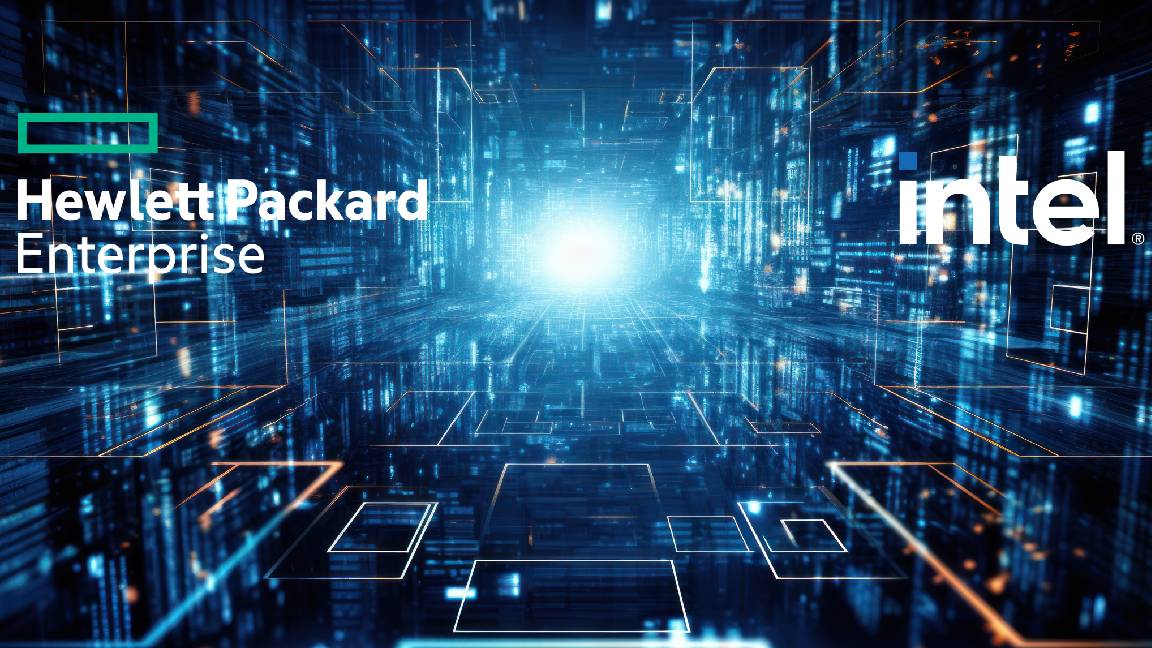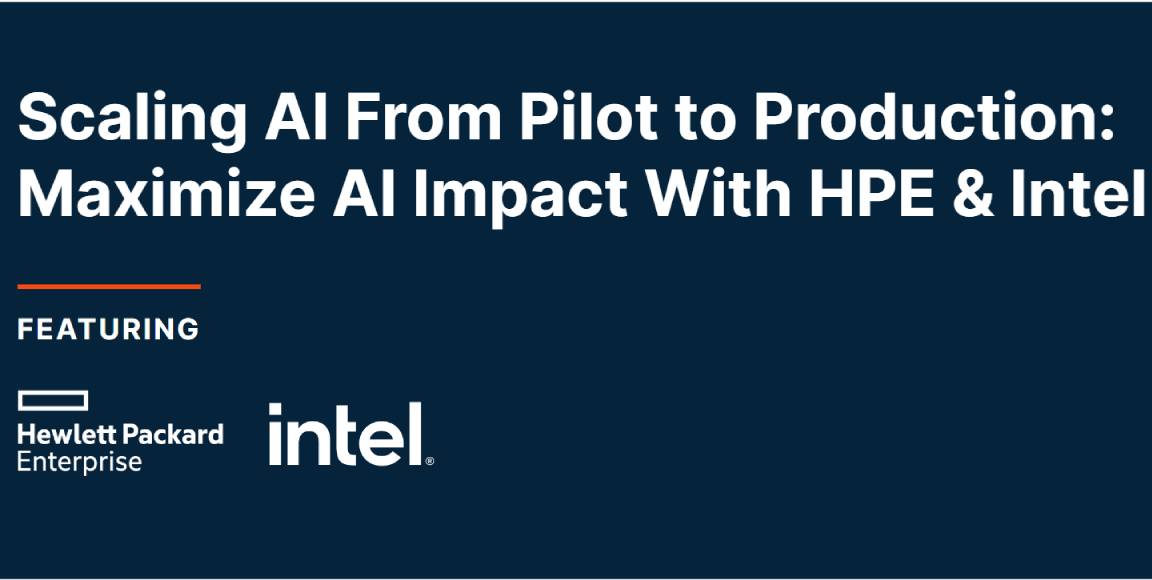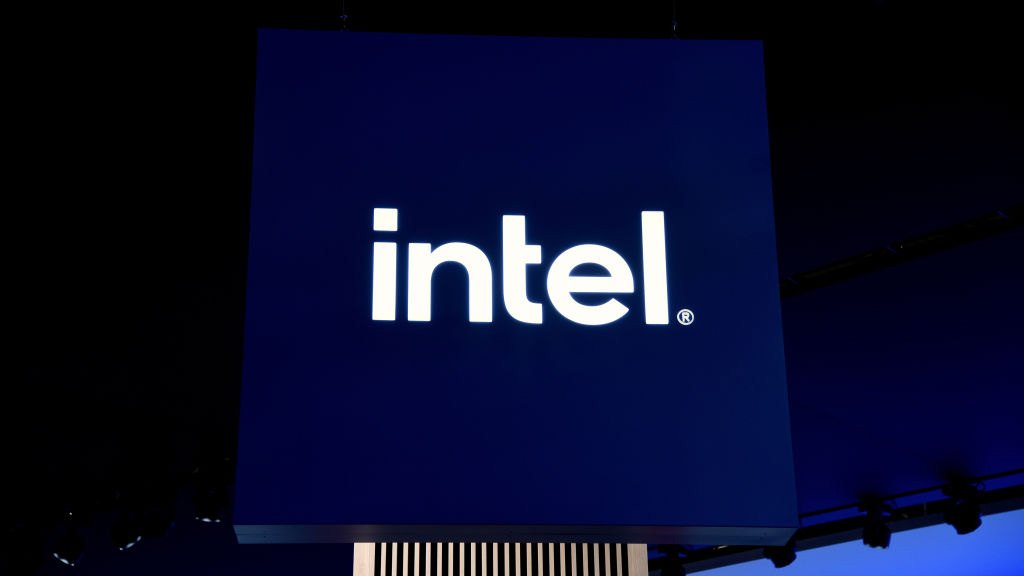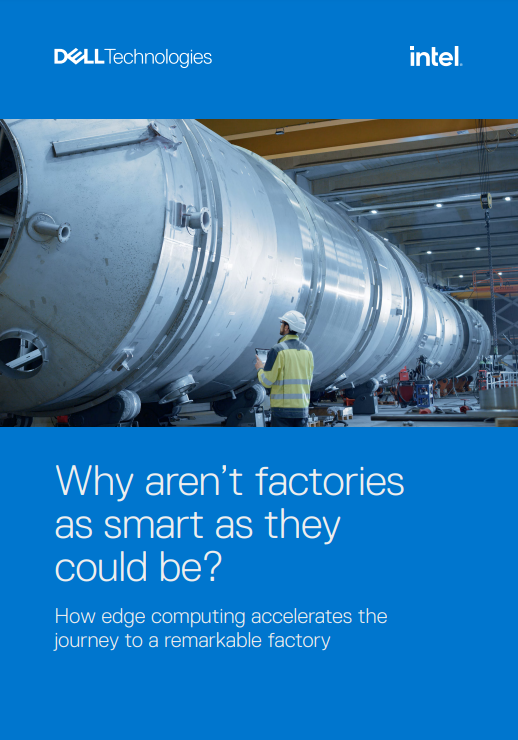Intel reader converts text to speech
Chip giant Intel today unveiled a new Reader device that aims to level the playing field for dyslexic and visually impaired people.


Intel has unveiled its new Reader device, which it hopes will level the playing field for visually impaired people and those with dyslexia.
The device, which looks a bit like a portable media player (PMP) and boasts a downward-facing five megapixel camera, is capable of housing 600 pages thanks to 2GB storage. It can then read text back to users at varying speeds or convert captured data into MP3 format.
Some six million people in the UK have dyslexia, with four per cent having severe dyslexia, according to figures from the British Dyslexia Association (BDA).
"[People with dyslexia] have strengths. They are great at seeing around corners, spotting gaps in the market. That's why a lot of entrepreneurs are dyslexic," said Judi Stewart, chief executive of the BDA.
"There is no cure for dyslexia, but what's needed is a good education, good coping strategies and confidence... That's why technology is a real answer. It's not the whole answer but is part of the answer of moving into the future."
Ben Foss, director of access technologies at Intel's digital health group, has first-hand experience of what dyslexia is like. During a demonstration of the Reader's capability, he detailed how he used the tool to help him convert 262 pages of a book about cancer into an MP3 recording on his iPhone so that he could learn more about the illness to help loved ones cope.
He also demonstrated the Intel Portable Capture Station in action. It's a tray-like add-on for the Reader that enables users to capture text and images more easily. The use of an Intel Atom processor also helps the device cope with multi-tasking so it can process images in the background while more are being captured.
Get the ITPro daily newsletter
Sign up today and you will receive a free copy of our Future Focus 2025 report - the leading guidance on AI, cybersecurity and other IT challenges as per 700+ senior executives
"We have ramps on our buildings so people can get access. This is so people with difficulties with text can get access to that text," Foss said, who also admitted that there will be a slight learning curve with the Reader.
"It's like we're shipping the first microwave oven. There are certain things you need to get used to," he said. "When you look at a book, what's inside? It's the dust jacket, which the text reader saw but it's not the text you were looking for. So we tell users to remove the dust jacket."
It is also hoped that the Reader will level the playing field for the two million-plus people in the UK with visual impairment. The device can read data from up to 50cm away and size 10 font.
But, while the Reader has gained the backing of both the BDA and RNIB, the device does not come without issue. The 999 price tag being one, copyright in the UK being another.
"I think it's a fine price for an organisation but for an individual it's out of scope," said Judi Stewart, chief executive of the BDA. "I think that's a little bit of a barrier and I hope it sells well and Intel can bring the price down."
As for copyright concerns, Intel's Foss claimed: "We ask you to follow the law."
Despite these concerns, Intel said it hopes to expand the Reader to other languages and countries. Although there are no immediate plans to incorporate hand writing recognition, according to Foss.
The Intel Reader is available now from Amazon, HumanWare and Inclusive Technology.
Maggie has been a journalist since 1999, starting her career as an editorial assistant on then-weekly magazine Computing, before working her way up to senior reporter level. In 2006, just weeks before ITPro was launched, Maggie joined Dennis Publishing as a reporter. Having worked her way up to editor of ITPro, she was appointed group editor of CloudPro and ITPro in April 2012. She became the editorial director and took responsibility for ChannelPro, in 2016.
Her areas of particular interest, aside from cloud, include management and C-level issues, the business value of technology, green and environmental issues and careers to name but a few.
-
 Bigger salaries, more burnout: Is the CISO role in crisis?
Bigger salaries, more burnout: Is the CISO role in crisis?In-depth CISOs are more stressed than ever before – but why is this and what can be done?
By Kate O'Flaherty Published
-
 Cheap cyber crime kits can be bought on the dark web for less than $25
Cheap cyber crime kits can be bought on the dark web for less than $25News Research from NordVPN shows phishing kits are now widely available on the dark web and via messaging apps like Telegram, and are often selling for less than $25.
By Emma Woollacott Published
-
 Gaining timely insights with AI inferencing at the edge
Gaining timely insights with AI inferencing at the edgeWhitepaper Business differentiation in an AI-everywhere era
By ITPro Published
-
 Scaling AI from pilot to production: Maximize AI impact with HPE & Intel
Scaling AI from pilot to production: Maximize AI impact with HPE & IntelWhitepaper Transform AI proof-of-concepts into full-scale implementations
By ITPro Published
-
 UK supercomputer boom as HPE and Dell receive funding for new AI cluster
UK supercomputer boom as HPE and Dell receive funding for new AI clusterNews The UK’s AI computing capabilities will increase by an order of magnitude in 2024
By Rory Bathgate Published
-
 AI gold rush continues as Hugging Face snags $235 million from IBM
AI gold rush continues as Hugging Face snags $235 million from IBMNews The investment round, which brings the company's valuation to $4.5 billion, also includes Amazon, Google, Intel, and Salesforce
By Richard Speed Published
-
 Why is ASUS reviving Intel’s NUC mini-PC line?
Why is ASUS reviving Intel’s NUC mini-PC line?News The diminutive PC is to rise again while analysts look for the business case
By Richard Speed Published
-
 Intel targets AI hardware dominance by 2025
Intel targets AI hardware dominance by 2025News The chip giant's diverse range of CPUs, GPUs, and AI accelerators complement its commitment to an open AI ecosystem
By Rory Bathgate Published
-
 Why aren’t factories as smart as they could be?
Why aren’t factories as smart as they could be?Whitepaper How edge computing accelerates the journey to a remarkable factory
By ITPro Published
-
 Who needs Intel vPro®, An Intel® Evo™ Design, anyway?
Who needs Intel vPro®, An Intel® Evo™ Design, anyway?Sponsored With flexible work on the up, the demand for high performance on-the-go business laptops has never been greater
By ITPro Last updated